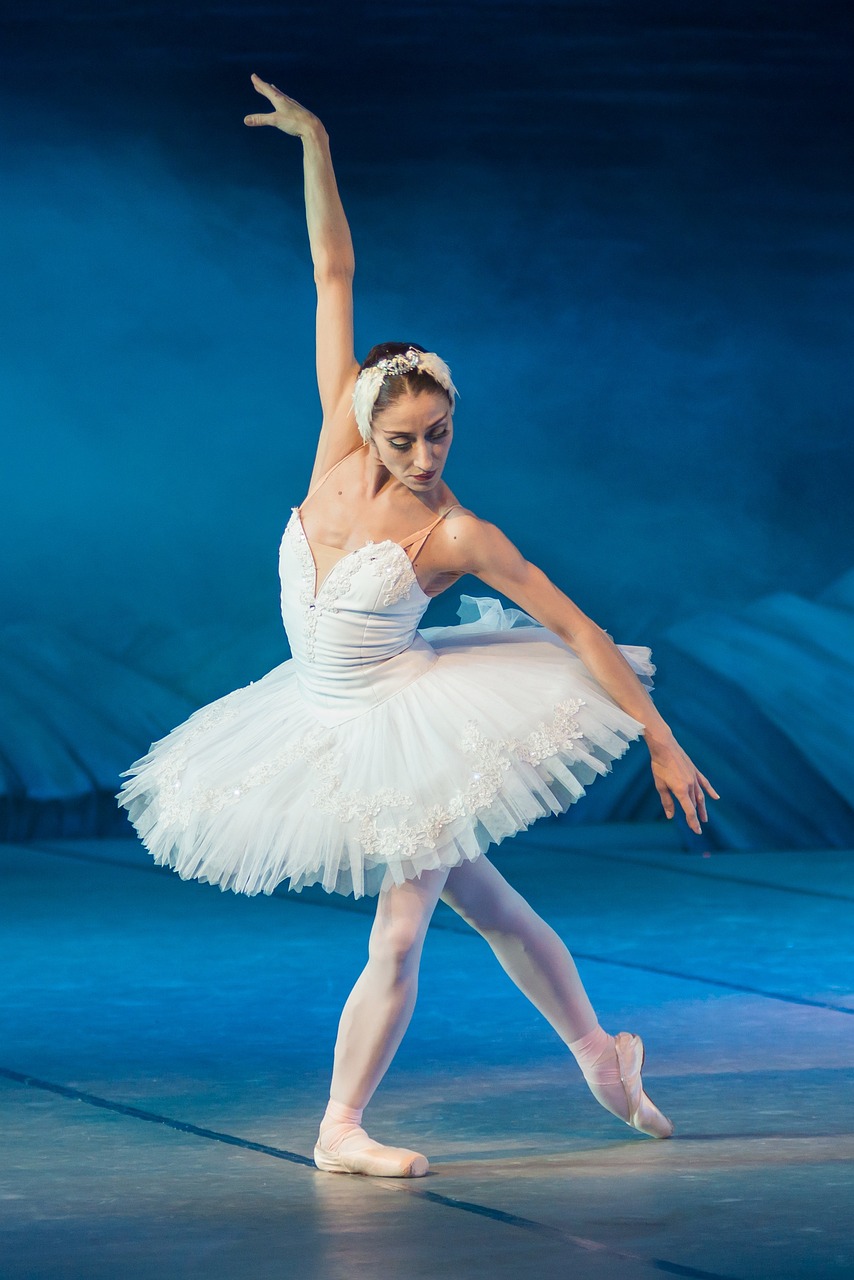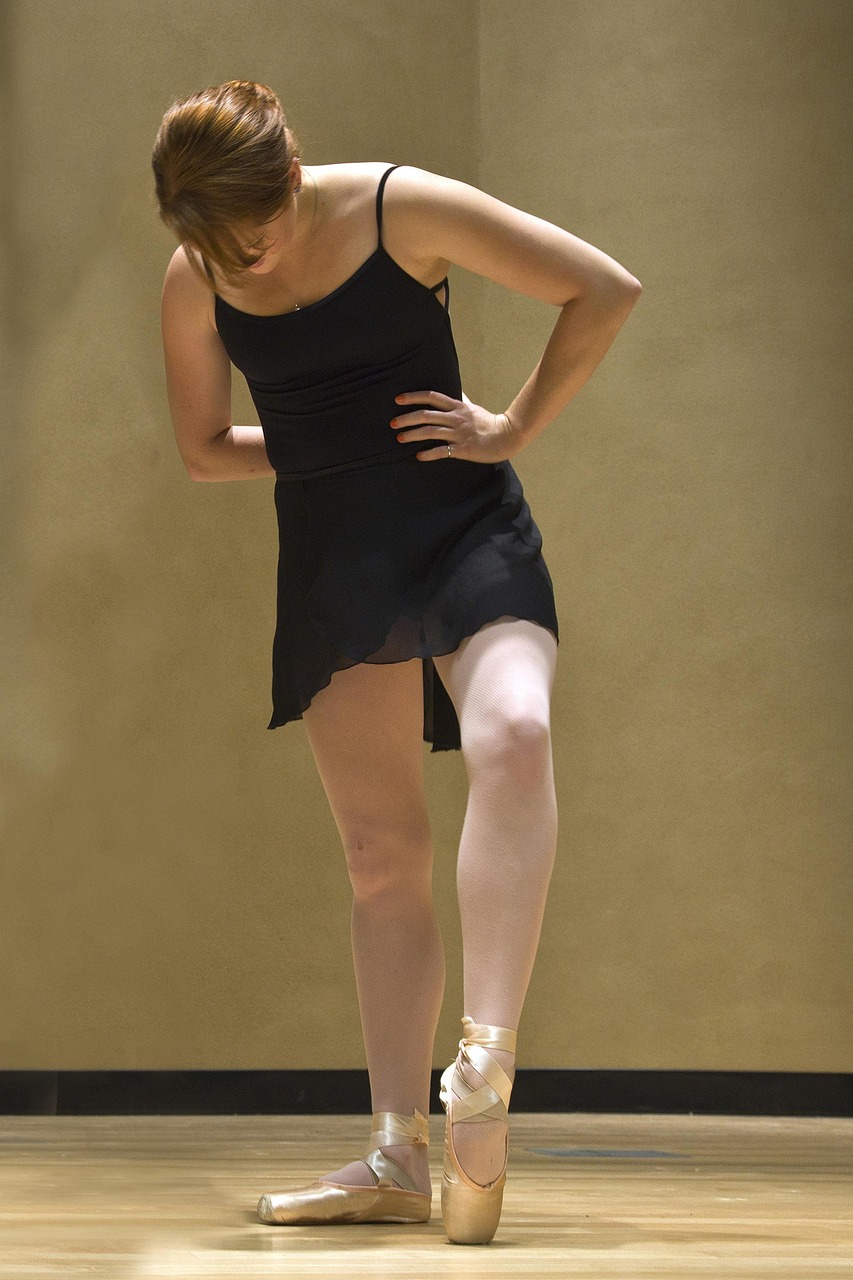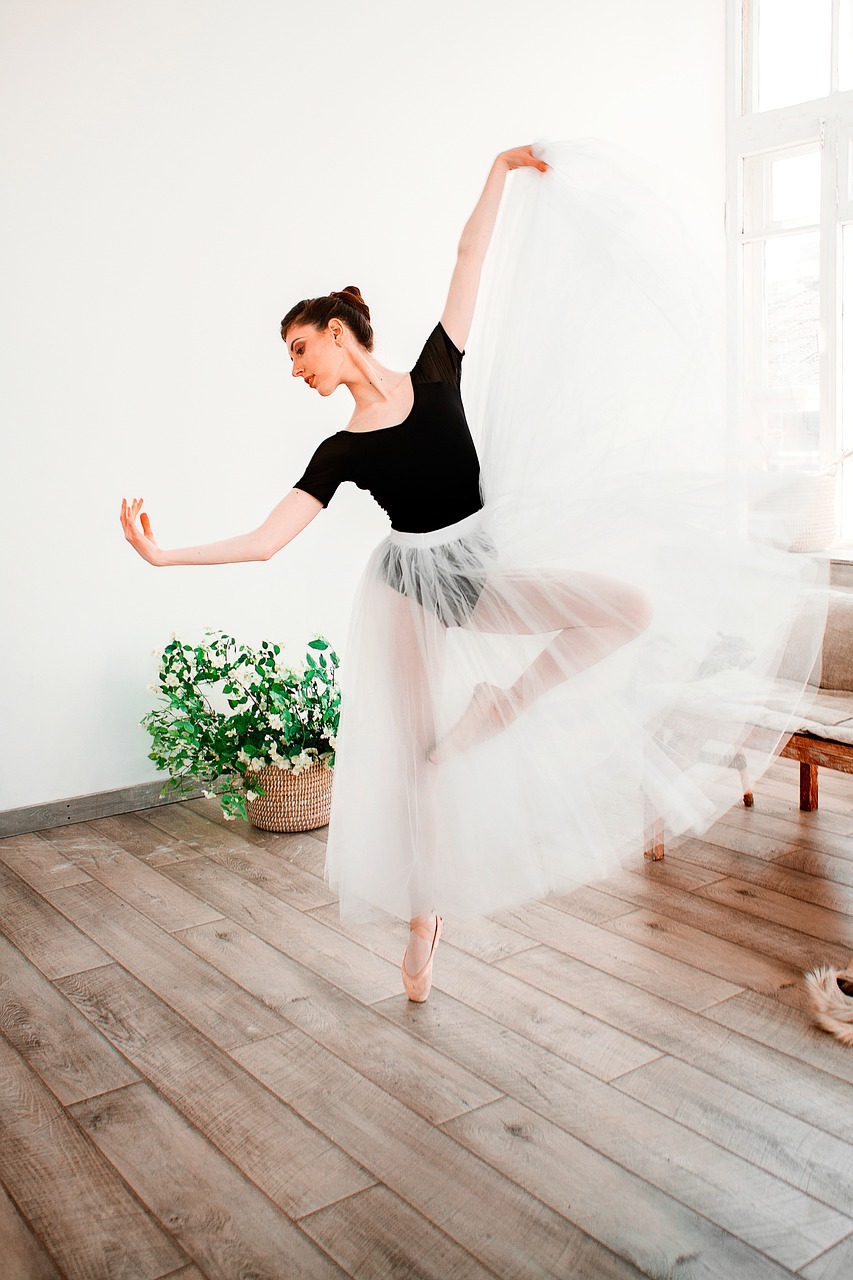TL;DR
- Instructor quality and teaching style are crucial for effective learning.
- A welcoming and supportive class environment is essential for new dancers.
- Check for proper facilities, especially sprung floors for injury prevention.
- Consider class schedules, levels, location, and cost.
- Take a trial class and ask questions to find the best fit for your ballet journey.
Embarking on your ballet journey is an exciting decision, and one of the most crucial steps is choosing the right studio. The environment, instruction, and community of your first ballet studio can significantly shape your experience and progress. This guide provides a comprehensive checklist to help new dancers make an informed choice.
Key Factors to Consider When Choosing a Studio
1. Instructor Qualifications and Teaching Style
The quality of instruction is paramount.
- Experience and Certifications: Look for instructors with formal training, professional dance experience, and teaching certifications (e.g., from recognized ballet methods like Vaganova, Cecchetti, RAD).
- Teaching Style: Do they provide clear, constructive feedback? Are they encouraging and patient, especially with beginners? Observe a class if possible to gauge their approach.
- Anatomy Knowledge: Good instructors understand anatomy and can explain movements in a way that promotes safe practice and prevents injury.
2. Class Environment and Atmosphere
A positive and supportive atmosphere is essential for learning and enjoyment.
- Welcoming and Inclusive: Does the studio feel welcoming to dancers of all ages, body types, and experience levels?
- Supportive vs. Competitive: For beginners, a supportive environment where mistakes are seen as learning opportunities is often more beneficial than an overly competitive one.
- Class Size: Smaller classes often allow for more personalized attention, which can be very helpful for new dancers.
3. Facilities
The physical space of the studio impacts safety and comfort.
- Studio Space: Is there ample room for movement? Are the ceilings high enough for jumps?
- Flooring: Ideally, a ballet studio should have a sprung floor (a floor designed to absorb shock) covered with marley (a non-slip vinyl surface). This is crucial for injury prevention.
- Barres and Mirrors: Are there enough barres for all students? Are the mirrors clean and well-positioned?
- Changing Rooms and Restrooms: Are they clean, well-maintained, and private?
- Waiting Areas: If you need to wait before or after class, is there a comfortable and safe space?
4. Class Schedule and Levels
Consider how the studio’s offerings fit your needs.
- Variety of Levels: Does the studio offer true beginner classes, or do they throw new students into mixed-level classes? A dedicated beginner class is highly recommended.
- Schedule Flexibility: Do the class times fit your personal schedule? Are there multiple options for beginner classes?
- Progression Path: Does the studio have a clear progression path from beginner to more advanced levels?
5. Location and Accessibility
Convenience plays a big role in consistent attendance.
- Proximity: Is the studio conveniently located near your home or work?
- Transportation: Is it easily accessible by public transport, or is there ample parking available?
6. Cost and Payment Options
Understand the financial commitment upfront.
- Pricing Structure: Are classes priced per session, monthly, or by package?
- Trial Classes/Introductory Offers: Many studios offer a free or discounted trial class, which is an excellent way to experience the studio before committing.
- Registration Fees: Be aware of any additional registration or annual fees.
7. Studio Philosophy and Community
Every studio has its own ethos.
- Focus: Does the studio cater primarily to recreational dancers, or is it geared towards pre-professional training? Choose one that aligns with your goals.
- Community: Does the studio foster a sense of community among its students? A friendly atmosphere can make a big difference.
Practical Steps for Choosing Your Studio
- Research Online: Use resources like findBallet.com, Google Maps, and the studio’s own website to gather initial information.
- Read Reviews: Look for reviews from current and former students to get insights into their experiences.
- Visit the Studio: If possible, visit the studio during operating hours to get a feel for the atmosphere and facilities.
- Take a Trial Class: This is the best way to experience the instructor’s teaching style and the class environment firsthand.
- Ask Questions: Don’t hesitate to ask the studio staff or instructors about anything on your checklist.
Red Flags to Watch Out For
- Unsafe Practices: Instructors pushing students beyond their safe limits, especially with turnout or flexibility.
- Lack of Transparency: Unclear pricing, hidden fees, or vague class descriptions.
- Unclean Facilities: Poor hygiene can lead to health issues.
- Overly Competitive or Unwelcoming Environment: This can be discouraging for new dancers.
Conclusion
Choosing your first ballet studio is a significant step in your dance journey. By using this checklist and taking the time to research and visit potential studios, you can find a welcoming, safe, and inspiring environment that will help you grow as a dancer. Remember, the best studio for you is one where you feel comfortable, challenged, and excited to learn.



